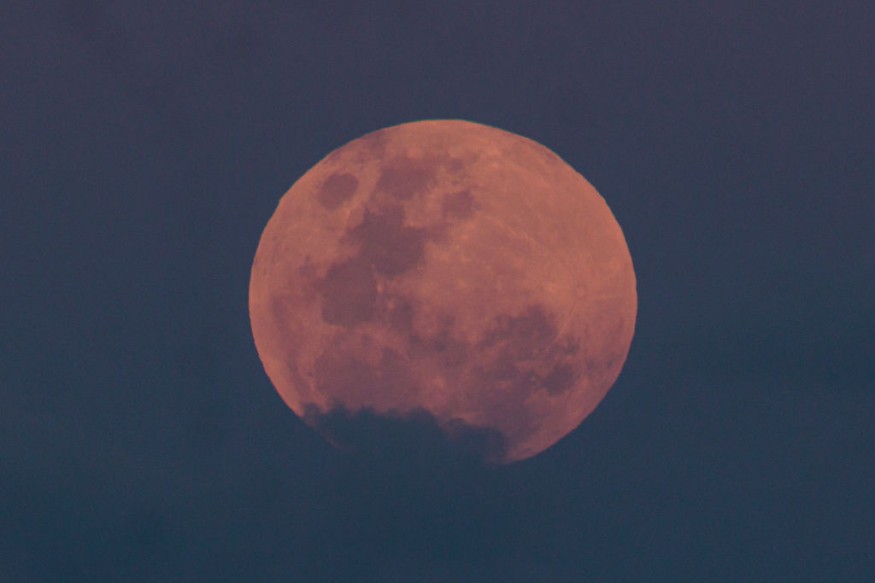The blood moon is one of the magnificent views in the night skies. It is visible when there is a total lunar eclipse. People can witness a reddish hue or likely red.
Many people wait to see the blood moon or red moon shining in the skies. It is a much-awaited moment for astronomy and moon lovers. According to recent reports, the blood moon is also called a total lunar eclipse. It has become the term because of the color.
Blood Moon Explained: Why Does It Turn Red?

From afar, the view of the blood moon is mesmerizing to people's eyes. The red moon becomes more noticeable when there is a total lunar eclipse, which the sunlight scatters. NASA explained that it turns redder when more clouds and dust are in the atmosphere.
The sunlight traveling to the lunar surface helps to show the reddish view of the moon. A full moon, known as the harvest moon, is in October. In November 2022, a total lunar eclipse unfolded. It was also called the Beaver Blood Moon.
However, pollution can become a factor in the best viewing of the red moon. The cloud debris can disrupt the sightings, which is harder to see when there is volcanic ash.
According to recent reports, the blood moon can emerge on the following dates:
- March 14, 2025 - South America, South America, Europe, Pacific and Australia
- September 7, 2025 - Australia, Europe, Africa and Asia
- March 3, 2026 - South America, North America, Pacific, Asia and Australia
- December 31, 2028 - Canada, Western United States, UK, Europe, Asia
Also Read : October Astronomical Events: Rare Hunter Moon, Brighter Planets to Ring of Fire Solar Eclipse Expected
More Facts About Lunar Eclipses
Every year, people can expect three lunar eclipses on average. The moon's color intensity depends on the shadow of the planet.
Unlike its solar counterpart, a lunar eclipse is safe to view at. Moon lovers should prepare for the Blood Moon to capture the best moments, such as checking the weather to ensure it's clear, find a place with low light pollution, and ready your equipment if you want to take photos of the red moon.
According to reports, people can anticipate the different types of eclipses:
- Total Lunar Eclipse
- Partial Lunar Eclipse
- Penumbral Lunar Eclipse
The penumbral lunar eclipse can show a darker moon. People who wanted to see could have a hard time sighting it. A partial lunar eclipse can unfold when the Moon, Earth and Sun are not precisely aligned.
In 2024, people can see different amazing astronomy events. The expected sky sightings are the following:
- Quarantid meteor shower peak
- Full Wolf Moon
- Full Snow Moon
- Planetary watch
- Spring Equinox
- Full Worm Moon
- Lyrid Meteor Shower
- Total Solar Eclipse
Related Article : November Astronomical Events: Brighter Jupiter, Leonid Meteor Shower, Full Moon To Unfold in Night Skies
For more similar stories, don't forget to follow Nature News.
© 2025 NatureWorldNews.com All rights reserved. Do not reproduce without permission.





